France has a rich history of urban development that spans centuries, reflecting the country’s dynamic social, political, and economic evolution. The following is a broad overview of key periods and themes in the history of urban development in France:
- Roman Influence (1st century BC – 5th century AD):
- Roman Gaul, the precursor to modern-day France, witnessed the establishment of numerous Roman cities, such as Lugdunum (Lyon) and Lutetia (Paris).
- Roman urban planning principles, including grid layouts and the construction of forums, amphitheaters, and aqueducts, left a lasting impact on the region.
- Medieval Towns (5th century – 15th century):
- The medieval period saw the rise of fortified towns, often surrounded by walls for defense against invasions.
- Economic activities centered around trade, and many towns developed around markets and guilds.
- The cathedral and castle were prominent features of medieval urban landscapes.
- Renaissance and Baroque (15th century – 17th century):
- The Renaissance brought a revival of classical art and architecture, influencing urban design.
- Prominent examples include the redesign of Paris by King Henri IV and the construction of grand squares and palaces.
- Baroque architecture, characterized by ornate details and grandeur, also left its mark on cities like Versailles.
- Haussmannization in Paris (19th century):
- Under Napoleon III and the direction of Georges-Eugène Haussmann, Paris underwent a massive urban renewal project.
- Wide boulevards, parks, and uniform architecture replaced narrow medieval streets, transforming the city into a modern and airy metropolis.
- Industrial Revolution (19th century):
- The Industrial Revolution led to the growth of industrial cities, such as Lyon and Lille, with the development of factories and worker housing.
- Railways and canals played a crucial role in connecting cities and facilitating economic development.
- Modern and Contemporary Period (20th century – present):
- The 20th century brought challenges and opportunities for urban planning in France.
- Post-World War II reconstruction involved the development of suburban housing and modernist architecture.
- Contemporary urban challenges include issues like sustainable development, preservation of historical heritage, and addressing suburban sprawl.
- Recent Urban Innovations:
- In recent years, French cities have embraced sustainable urban development, focusing on public transportation, green spaces, and eco-friendly architecture.
- Smart city initiatives, digitalization, and efforts to enhance quality of life are prominent features of contemporary urban planning.
Throughout its history, France’s urban development has been shaped by a complex interplay of political, economic, and social forces, resulting in a diverse and fascinating urban landscape. Each era has left its mark on the cities, contributing to the rich tapestry of French urban history.

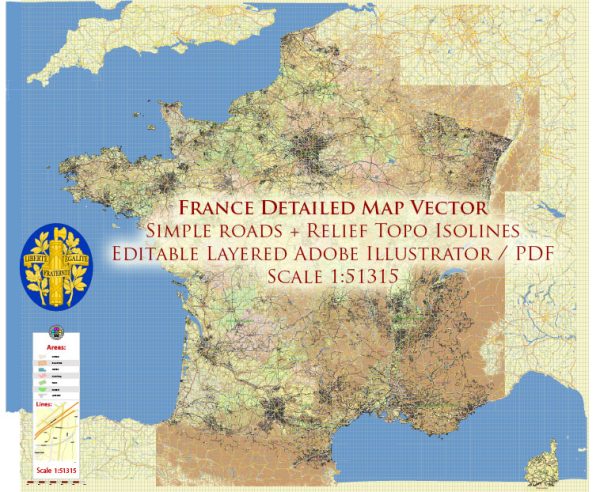
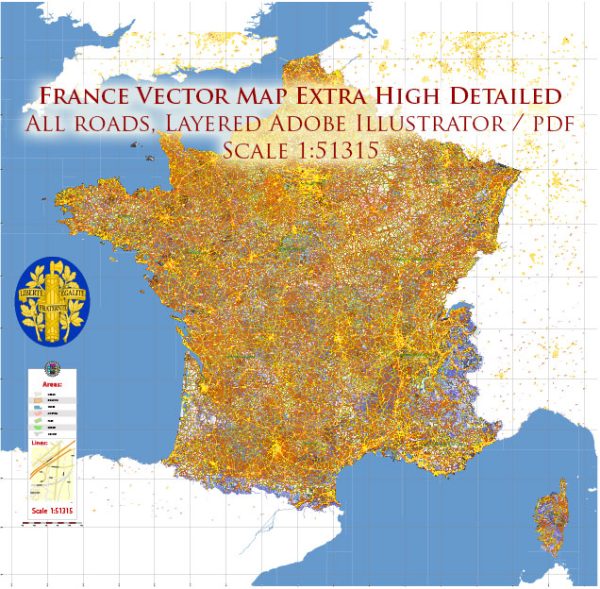
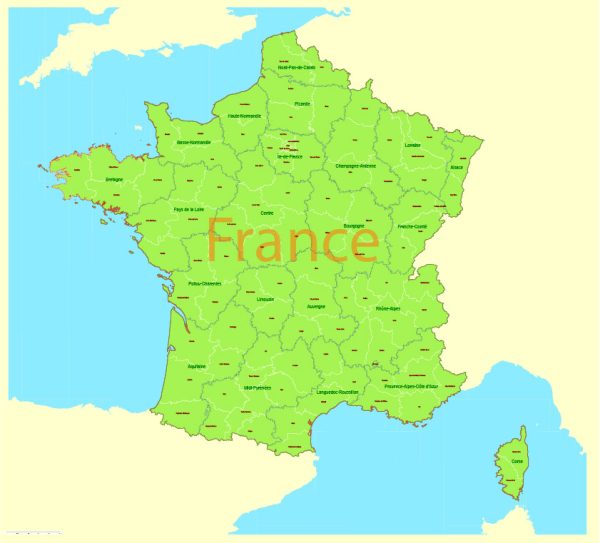
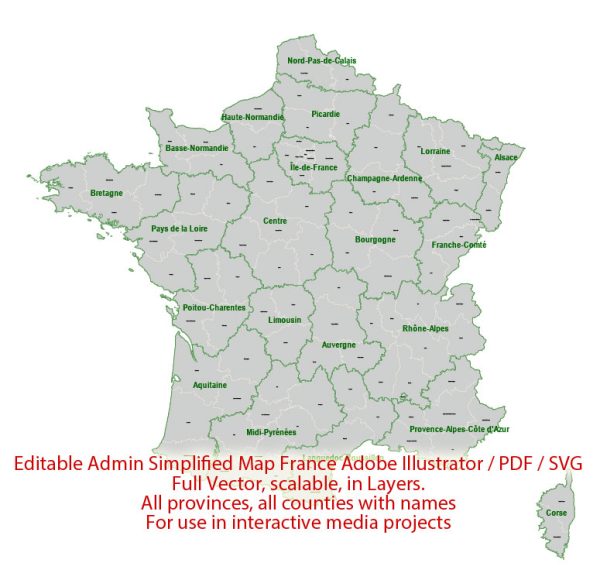
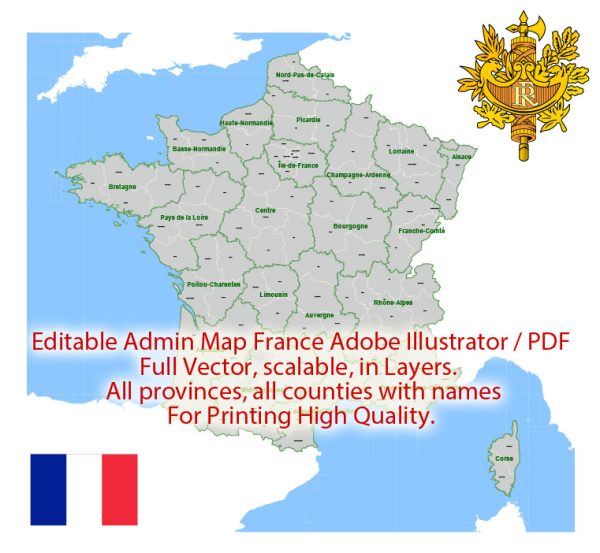
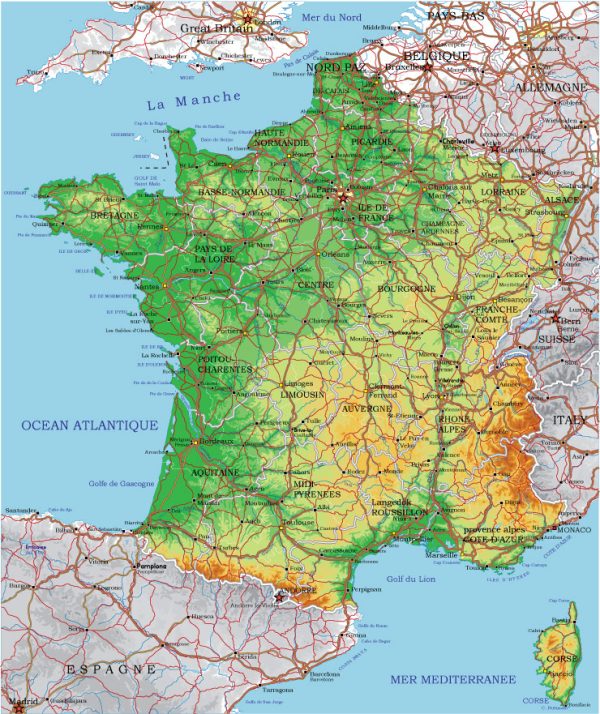
 Author: Kirill Shrayber, Ph.D.
Author: Kirill Shrayber, Ph.D.